Introduction
In an era characterized by rapid urbanization and environmental challenges, efficient water resource management is crucial. LoRaWAN (Long Range Wide Area Network) technology has emerged as a powerful tool for transforming the water management sector. This article explores the various facets of LoRaWAN-based smart water meters, their benefits, and their potential to revolutionize water resource management.
The Need for Smart Water Metering
Traditional water metering systems are often outdated, inaccurate, and labor-intensive. They lack the capability to provide real-time data, making it challenging to detect leaks or monitor water consumption effectively. With LoRaWAN technology, smart water meters can bridge these gaps, offering a multitude of advantages.
Benefits of LoRaWAN Smart Water Meters
Real-Time Data Monitoring: LoRaWAN smart water meters transmit data in real-time, enabling utilities and consumers to monitor consumption patterns and detect leaks instantly. This data can lead to proactive measures that conserve water and reduce losses.
Accuracy and Reliability: These meters offer precise measurement of water usage, reducing discrepancies and billing errors. Their longevity and low maintenance requirements ensure long-term reliability.
Cost Efficiency: LoRaWAN technology minimizes infrastructure costs by enabling remote data collection. Manual meter readings become obsolete, and maintenance and service costs are significantly reduced.
Remote Control and Automation: Smart water meters can be integrated with control systems, allowing utilities to remotely shut off or turn on water supply, making it more convenient for both consumers and providers.
Conservation and Sustainability: Real-time data on water consumption empowers consumers to adopt more water-efficient practices. Additionally, utilities can optimize distribution and identify areas of potential water wastage, contributing to water conservation efforts.
Scalability: LoRaWAN networks are highly scalable, making it easy to expand the coverage area and accommodate a growing number of smart water meters as needed.
Implementation of LoRaWAN Smart Water Meters
The implementation of LoRaWAN smart water meters involves the following key steps:
Sensor Installation: Smart water meters are installed at various points in the water distribution network. These meters incorporate sensors for accurate data collection.
LoRaWAN Network Setup: A LoRaWAN network is deployed to connect the smart meters to a central server. The network is designed to cover the entire service area.
Data Collection and Analysis: The smart water meters continuously collect data on water usage. This data is transmitted to the central server over the LoRaWAN network and analyzed for consumption patterns and anomalies.
Remote Monitoring and Control: Utilities and consumers can access the data through web-based or mobile applications, enabling real-time monitoring and control. Any unusual consumption or leakage can trigger automated alerts.
Challenges and Considerations
While LoRaWAN smart water meters offer numerous advantages, there are some challenges and considerations to keep in mind:
Data Security: Protecting the data transmitted over the LoRaWAN network is critical. Robust encryption and security protocols must be in place to prevent unauthorized access.
Infrastructure Investment: The initial investment required for setting up a LoRaWAN network and replacing traditional meters can be substantial. However, the long-term savings often outweigh these costs.
Regulatory Compliance: Compliance with local regulations and standards is essential when implementing smart water meters, as it involves sensitive consumer data and critical infrastructure.
Integration and Interoperability: Smart water meters must be compatible with existing systems and protocols to ensure seamless integration with utilities' infrastructure.
Conclusion
LoRaWAN smart water meters represent a significant leap forward in water resource management. Their real-time data collection, accuracy, and remote monitoring capabilities offer a holistic solution to the challenges faced by traditional water metering systems. By promoting water conservation, reducing losses, and optimizing distribution, LoRaWAN technology has the potential to transform how we manage one of our most vital resources. As this technology continues to evolve, it promises a sustainable and efficient future for water management.
 admin@henanpanda.com WhatsApp:0086-16613890990
admin@henanpanda.com WhatsApp:0086-16613890990 
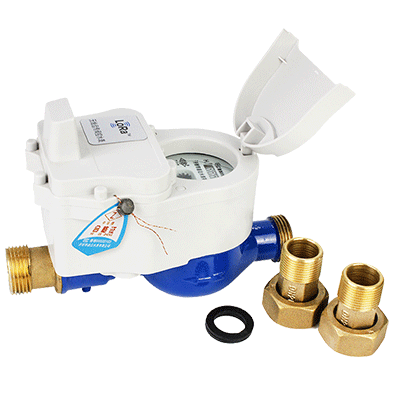
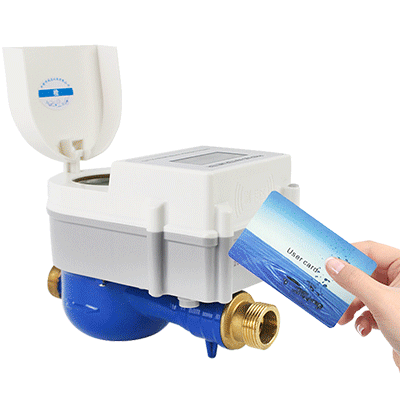
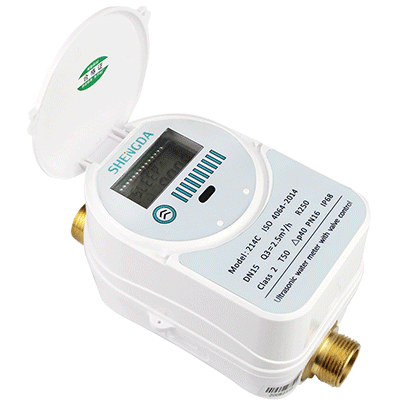
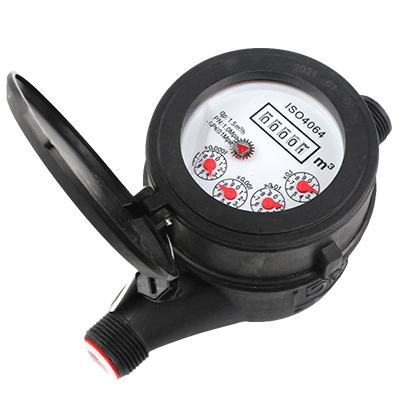
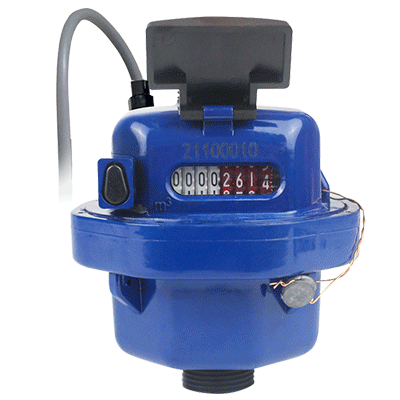
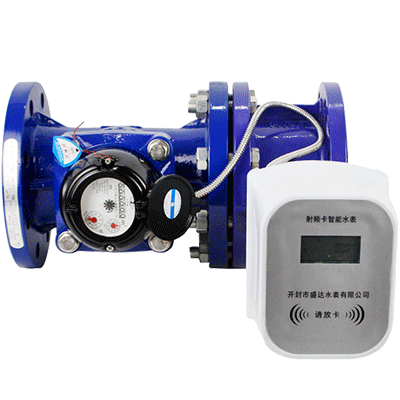
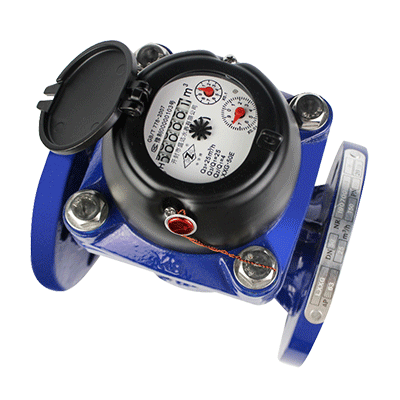
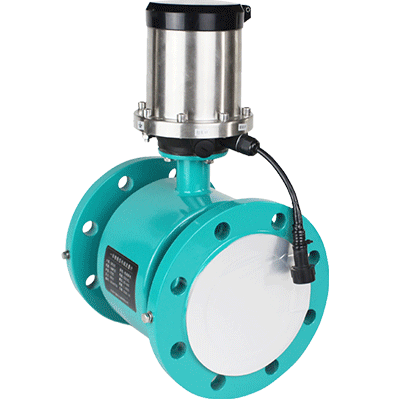
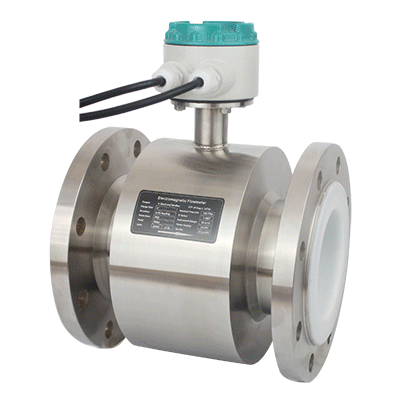

 2023-11-08
2023-11-08 


 Related news
Related news E-mail:admin@henanpanda.com
E-mail:admin@henanpanda.com
 +86 371 23366506
+86 371 23366506
 Address:Add: NO.88, Middle Weidu Road, Kaifeng City,China.
Address:Add: NO.88, Middle Weidu Road, Kaifeng City,China.
